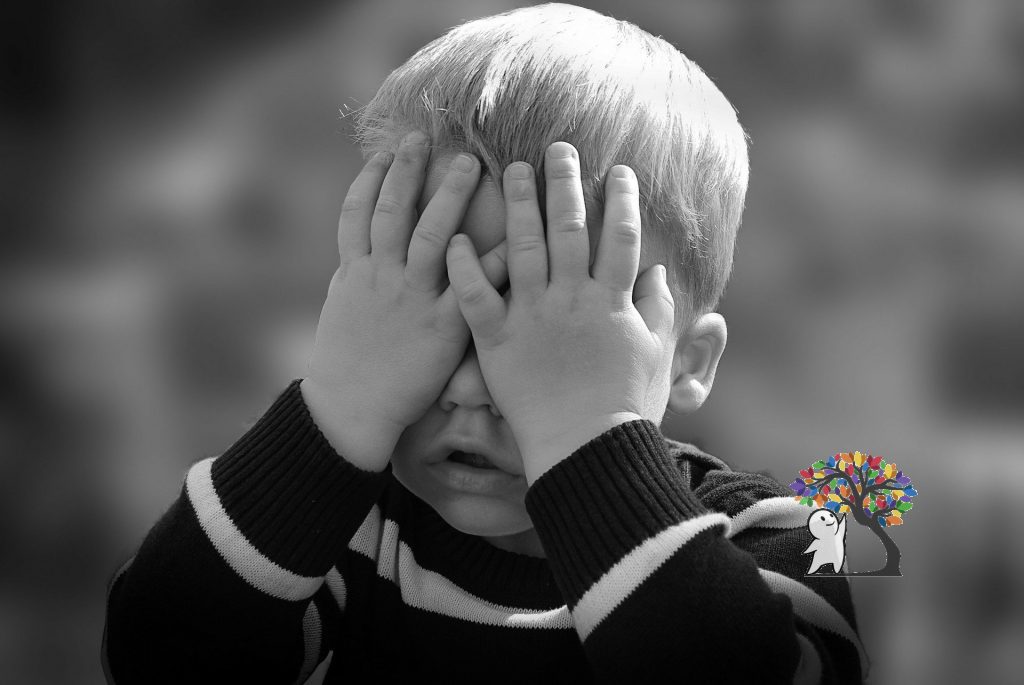The Nature of the Obsessed- a Deeper Understanding of OCD
As you could have guessed, this article will be about the mental illness of Obsessive Compulsive Disorder. Here I will be explaining associated symptoms, prevalence in societies, and the treatment of the disorder. So, if you would like to know exactly what OCD is first, you can go and check out my first article on this topic here:
To begin with, if you had read my previous article, you would understand that OCD is a combination of obsessive and and ever intruding thoughts and the compulsive behaviour following these thoughts. The two main other symptoms that come along with OCD are anxiety and depression.
Anxiety is a very important part of OCD because some executions of these behaviours or rituals can either cause a reduced state of anxiety, or increase the anxiety altogether. I reduced state can be the result because the intruding thought might have been causing much anxiety, and by doing the behaviour, this may be a way for the person to expel some of the anxiety.
For example, a person with OCD may see a desk with items arrange in a way that makes it almost symmetrical, and he/she has the obsessional, recurrent image in his/her head that is making them anxious. Therefore, rearranging the desk into a symmetrical state may relieve the person of some of their anxiety.
The second associated symptom, depression, seems to be an understandable reaction to obsessional symptoms, for the repeated and stereotyped behaviour maybe recognised by the person and others as unproductive and pointless, therefore leading the person to have a negative perception of themselves.
The prevalence of OCD has been explored by the National Comorbidity Survey Replication. It claims, through a study by Ruscio et al (2010) that there is a life time risk of 2.1%. There is also a high rate of co-morbidity with other anxiety disorders, impulse control disorders and substance misuse.
Also, the mean age of onset for this disorder is 20.9 years of age, but a study done by Rasmussen and Eisen (1998) show that men have a significantly earlier onset than women, where the average for men is 19.5 years of age and for women it is 22 years of age. In terms of sex distribution, a study done by Foa and Kozak (1995) suggests that women develop OCD slightly more frequently than men.
On to the treatment of this disorder, one of the common treatments would be to use CBT (Cognitive Behavioural Therapy). Usually in CBT, a patient is encouraged to change their perception or thinking process on a certain subject which is causing in negative effects.
Especially for OCD, the CBT used focuses on Exposure and Response Prevention. This is where the patient is encouraged not to act on the obsessional thoughts, because when the stereotyped rituals and behaviours are reduced, accompanying obsessional thoughts improve too. This is only one of the many ways in which OCD can be treated.
Sources:
http://a3.files.blazepress.com/image/upload/c_fit,cs_srgb,dpr_1.0,h_1200,q_80,w_1200/MTI4OTk1MjY2NTQzMDExODUw.jpg
http://www.nimh.nih.gov/health/topics/obsessive-compulsive-disorder-ocd/index.shtml
http://www.webmd.com/mental-health/obsessive-compulsive-disorder



Responses